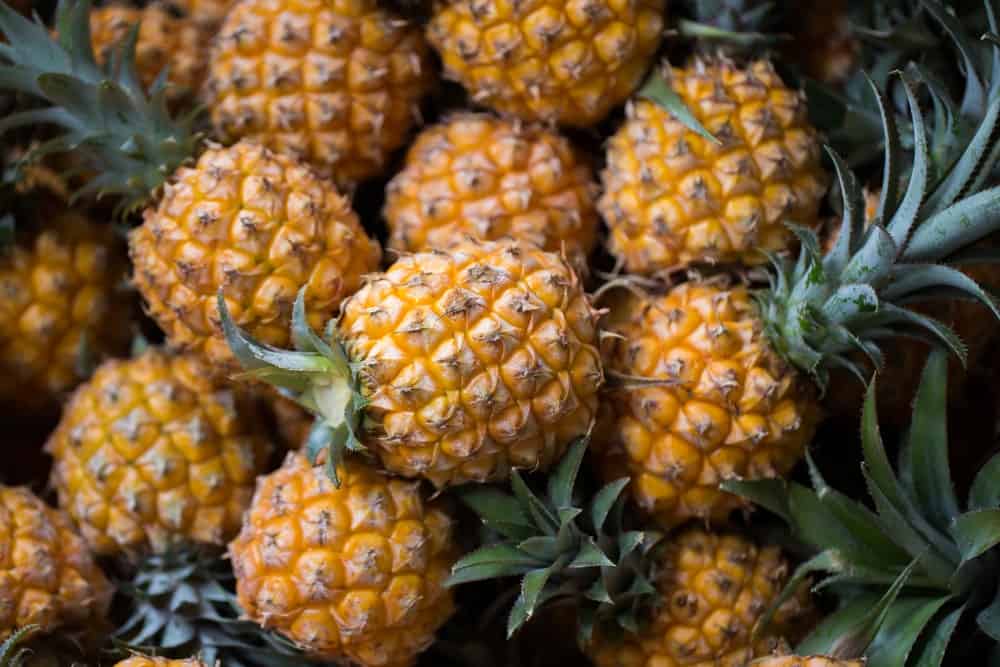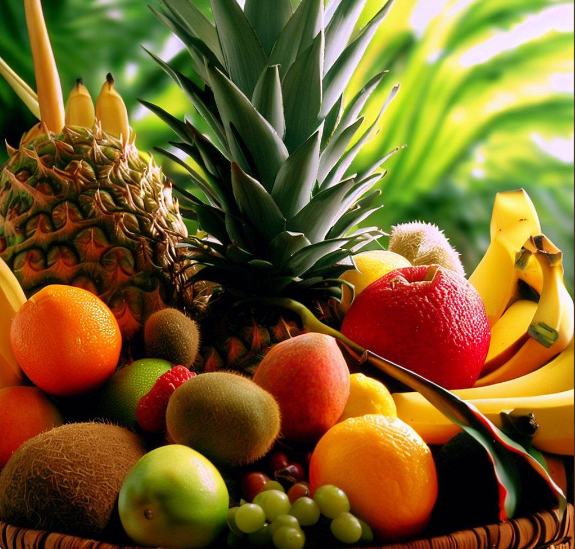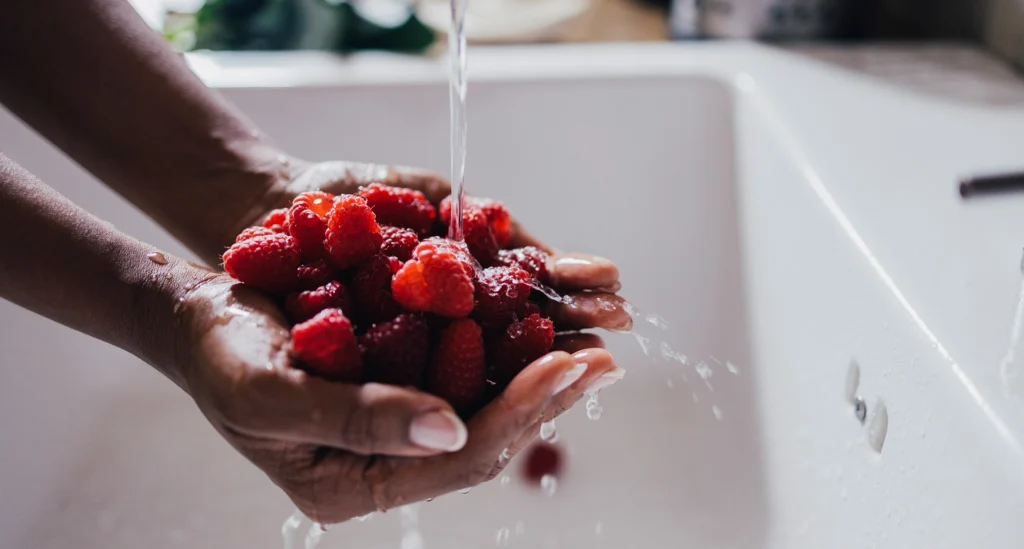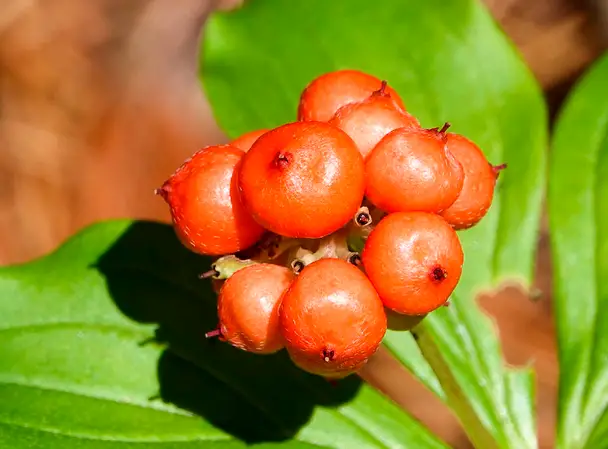When you hear “berry,” you might think of small, juicy fruits with seeds inside like strawberries or blueberries. It’s surprising, then, to learn that bananas are actually classified as berries, but strawberries are not, despite what their name suggests.
Table of Contents
The Banana Berry Truth
In science, a berry is a kind of fruit that comes from one ovary of a flower and has several seeds. The important part is that the fruit’s whole structure comes from that ovary.
This is where bananas come into the picture. They grow from a part of the banana flower called the female reproductive organ. When you look at a banana, it has many tiny seeds that you barely notice when eating. That makes a banana a good example of a berry.
It might be hard to think of bananas as berries because we usually imagine berries to be small and sweet. However, what really defines a berry is how it grows, not how it tastes or its size.
Why Strawberries Miss the Berry Mark
Let’s find out why strawberries aren’t real berries.
Even though strawberries have seeds on the outside, which makes them look like berries, the red part we eat doesn’t come from the ovaries of the strawberry plant. It actually comes from another part called the receptacle, which supports the ovaries.
So, although strawberries may resemble berries, they don’t meet the scientific rules for being a berry. The real fruits are the tiny seeds on the outside, and their sweet red flesh is something extra.
In fact, each seed on a strawberry’s surface is a tiny fruit itself, coming from its own separate flower’s ovary. That’s why strawberries are known as aggregate fruits – they’re made of lots of little fruits together.
What Exactly Is a Berry?
So, to highlight what makes a banana a berry but not a strawberry, here’s what a fruit must be to be a berry:
- It should develop from one flower with one ovary.
- It should have a fleshy or soft layer when ripe.
- The whole ovary wall should be something you can eat.
- It should contain seeds that are tucked inside the edible part.
Bananas fit every one of these rules, but strawberries don’t meet the first two.
Important Points to Remember:
Bananas have seeds and grow from a flower’s ovary, making them true berries according to botany. But strawberries have seeds on the outside and the part we eat comes from extra tissue, not the ovary. That’s why, even though they look like berries, strawberries don’t count as real berries.
- Bananas match the scientific description of a berry, however, strawberries do not.
- True berries come from flowers with a single ovary and have a soft part we can eat with seeds inside.
- Strawberries are made up of lots of tiny fruits, which is why they’re called aggregate fruits.
- Looks can be tricky; not all berries look like what we might expect.
This teaches us that you can’t always rely on a fruit’s appearance to know what kind it is. While we often think of berries as small, red, and juicy like strawberries, the scientific definition is all about how the plant produces the fruit, and not about its flavor or looks.
So, when you next see a banana, think of it as a scientifically correct berry. On the other hand, those delicious strawberries with seeds dotted around them do not make the cut as true berries, even though their name would suggest otherwise.
![What Fruits Can Gerbils Eat? [10 Nutritious Fruits]](https://fruitonix.com/wp-content/uploads/2023/05/Screenshot-2023-05-13-12.04.13-AM.png)
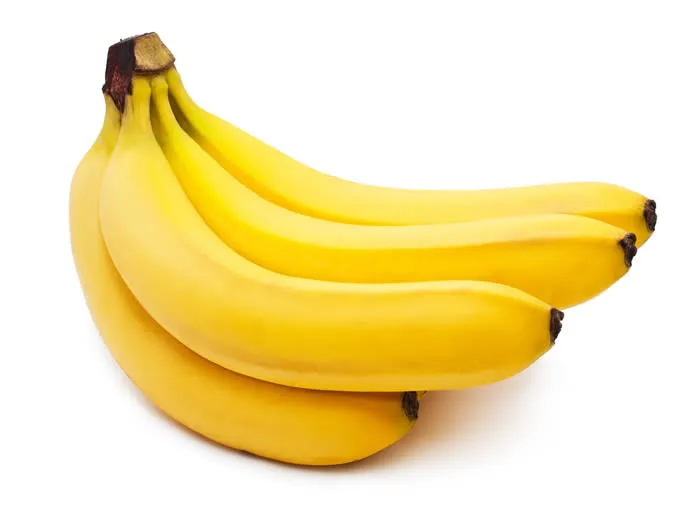

![What Fruits Can A French Bulldog Eat? [15 Nutritious Fruits]](https://fruitonix.com/wp-content/uploads/2023/05/Screenshot-2023-05-11-2.49.17-AM.png)
